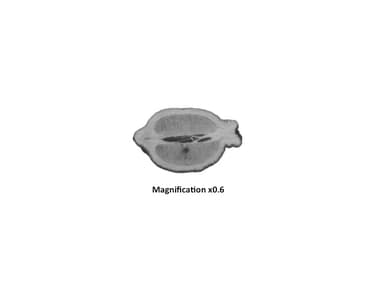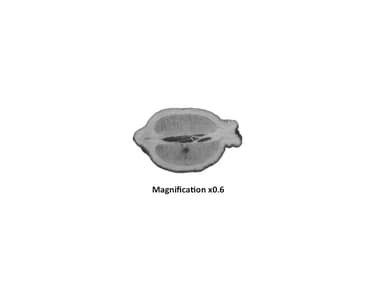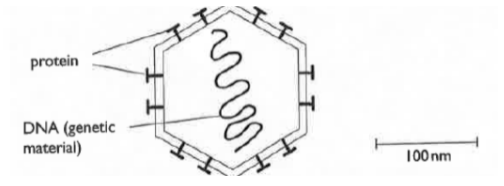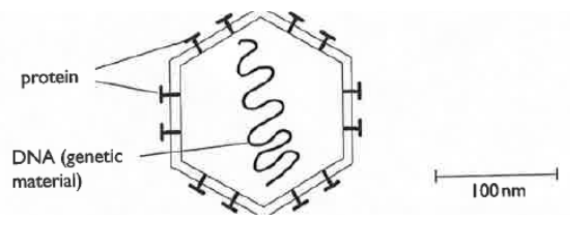Mary Jones and Geoff Jones Solutions for Chapter: Classification, Exercise 5: End-of-chapter questions
Mary Jones Biology Solutions for Exercise - Mary Jones and Geoff Jones Solutions for Chapter: Classification, Exercise 5: End-of-chapter questions
Attempt the practice questions on Chapter 1: Classification, Exercise 5: End-of-chapter questions with hints and solutions to strengthen your understanding. Cambridge IGCSE® Biology Coursebook Third Edition solutions are prepared by Experienced Embibe Experts.
Questions from Mary Jones and Geoff Jones Solutions for Chapter: Classification, Exercise 5: End-of-chapter questions with Hints & Solutions
Which five of the following characteristics are found in all living things?
- Movement
- Blood system
- Sight
- growth
- photosynthesis
- Nutrition
- Sensitivity
- Speech
- excretion
List any two characteristics of all living organisms.
Three species of tree have the following binomials: Carpodiptera africana, Commiphora africans, Commiphora angolensis.
Which two of these species do biologists consider to be the most closely related? Explain your answer.
Compare the characteristic features of animals and plants.
The photograph shows a section through a fruit.

Draw a large diagram of the fruit.
The photograph shows a section through a fruit. Answer the following question.

Calculate the diameter of the actual fruit and mention the unit.
The diagram below shows a virus.

With reference to the diagram, discuss whether viruses can be considered to be living organisms.
The diagram below shows a virus.

Measure the length of the scale bar. Use this, and the label on the scale bar, to calculate the magnification of the diagram.
